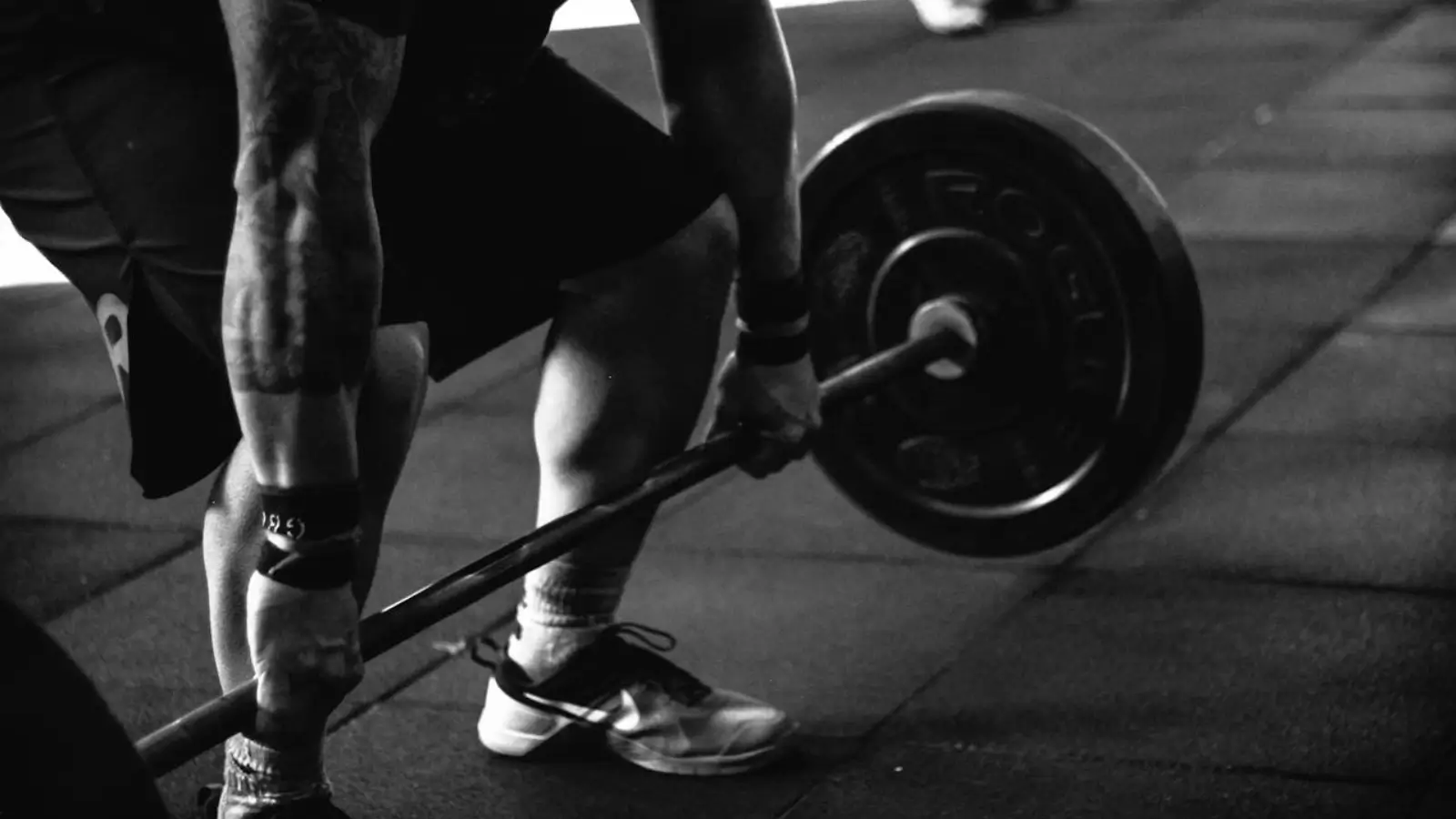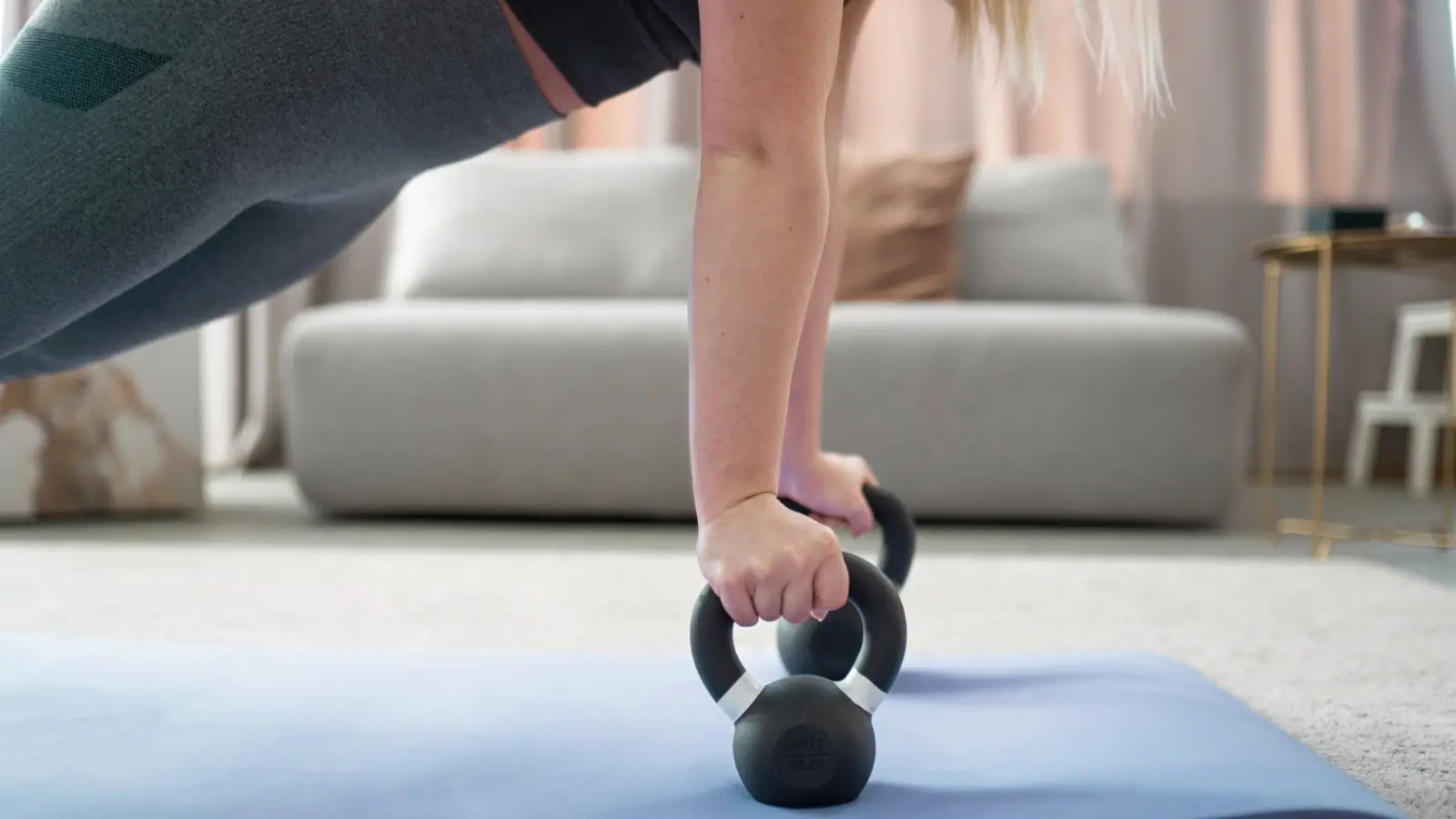You have most likely heard the physical fitness world argue this question many times. Some people swear by cardio for burning calories. Others say weight lifting is the best for fat loss. The truth is, both sides have valid points. But the science behind weight lifting and calorie burn is more impressive than you might think.
Does Lifting Weights Burn Calories? The answer is “yes” and the post explains how resistance training impacts your metabolism. It covers the effects during and after your workout. We will see how muscle mass affects your daily calorie burn. Finally, we will explain why lifting weights should be part of your fitness routine.
Why Individuals Associate Cardio With Calorie Burn
Many people picture burning calories as running on a treadmill or cycling for hours. This association makes sense on the surface. Cardio workouts hit fast. Your heart rate spikes, and you start sweating in minutes. Fitness trackers light up with impressive calorie counts.
A 155-pound individual burns around 372 calories during 30 minutes of moderate cycling. That person burns about 223 calories in just 30 minutes of basic weightlifting.
However, this comparison tells part of the story. The calorie burn during exercise is just one part of the metabolic puzzle. What you do after exercising is just as important, if not more so, for lasting changes to your body.
The Growing Interest In Weight Training For Fat Loss
Fitness fans and researchers are looking at how resistance training helps with weight management. New research shows that weightlifting provides metabolic benefits that extend beyond the gym.
Expert professional athletes have understood this for years. Sprinters do explosive, high-intensity moves like weightlifting. Because of this, they often have lower body fat than endurance athletes. Their training stresses power and strength instead of steady-state cardio.
The fitness market has actually taken notice. Programs concentrating on compound movements, progressive overload, and metabolic conditioning have gained popularity. People are realizing that building muscle and losing fat are not separate goals. In fact, they work together more than many think.
How Weightlifting Burns Calories
Energy Expenditure During Resistance Training
Your body burns calories throughout weightlifting through many mechanisms. The main energy system used depends on your type of lifting. Most resistance training mainly uses the phosphocreatine and glycolytic systems.
Throughout a heavy squat set, your muscles need instant energy. This process requires oxygen and burns calories at a significant rate.
The real calorie burn differs based on several aspects. A 185-pound person burns about 266 calories in 30 minutes of moderate weight lifting. High-intensity resistance training can boost this number even more. In some cases, it can match or even exceed traditional cardio activities.
Role Of Rest, Volume, And Intensity
The way you organize your weightlifting sessions has a big impact on how many calories you burn. Easy lifting with extended breaks is less taxing than high-intensity training with brief rest intervals.
One extreme of this spectrum is circuit training. With minimal rest in between exercises, move swiftly. Throughout the session, it keeps your heart rate elevated. Between 300 and 500 calories can be burned in an hour. Your body weight and the exercises you perform will determine how many calories you burn.
Assuming comparable strength levels, a 20-set workout will burn more calories than an 8-set one. Overtraining can result from excessive training. It hinders recovery and slows down your metabolism.
Why Weightlifting Deserves a Place in Your Routine
Weight lifting burns calories in various ways, including outside the gym. When you exercise, you burn calories. It happens through energy use, like in other workouts. After your workout, EPOC keeps your metabolism raised for hours or days.
The long-term benefits are even more excellent. Building muscle mass boosts your resting metabolic rate. It creates a lasting effect that helps you burn more calories all day. This metabolic advantage matters more as you age and lose muscle mass.
Combine With Appropriate Nutrition And Cardio For The Best Outcomes
Weightlifting is most effective when combined with a broad plan for fitness and nutrition. Resistance training burns calories and builds muscle. Adding cardio and good nutrition boosts these results.
Cardio and weightlifting enhance each other perfectly. Cardio burns calories during exercise and boosts heart health. Weightlifting builds muscle and raises resting metabolism. Together, they produce a more complete physical fitness profile than either technique alone.
Nutrition remains the foundation of any successful body composition program. You can’t out-train a poor diet, regardless of the number of calories you burn throughout workouts. Focus on whole foods, get enough protein, and maintain a moderate calorie deficit for weight loss.
















